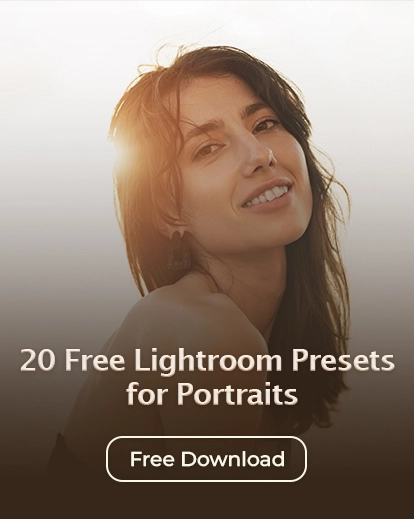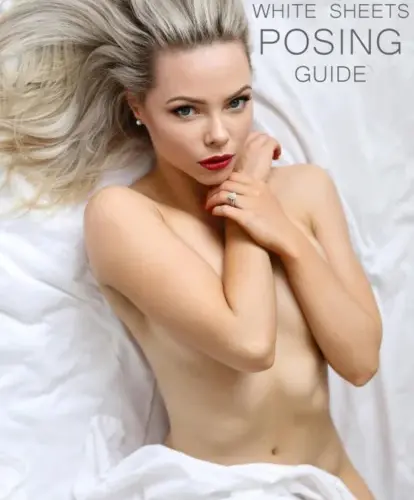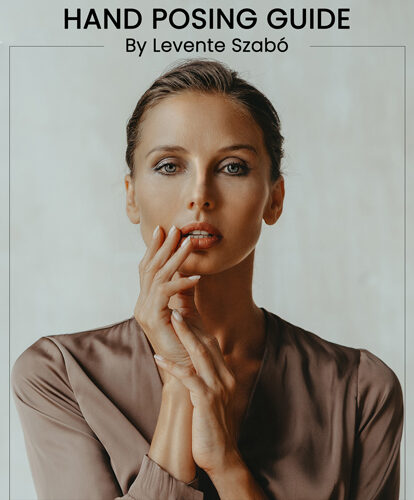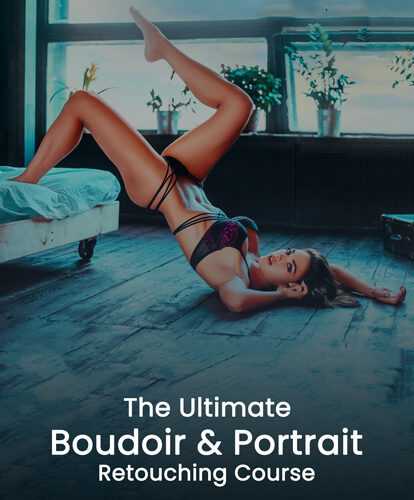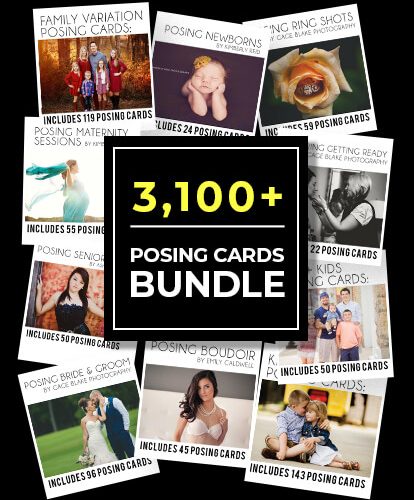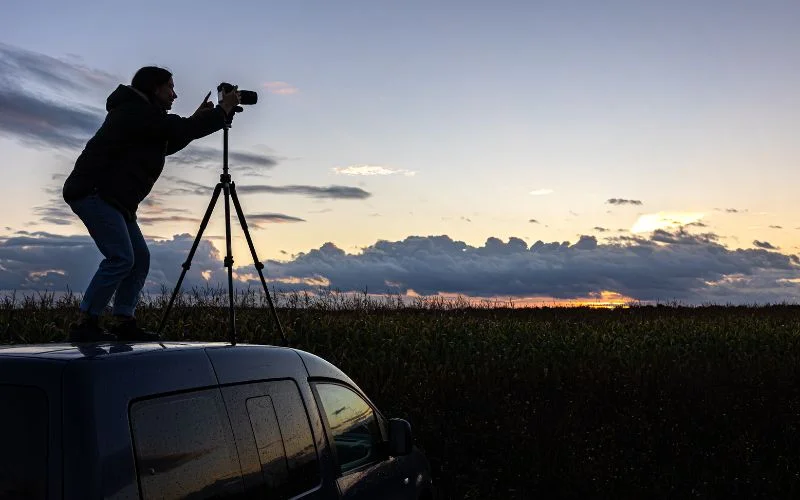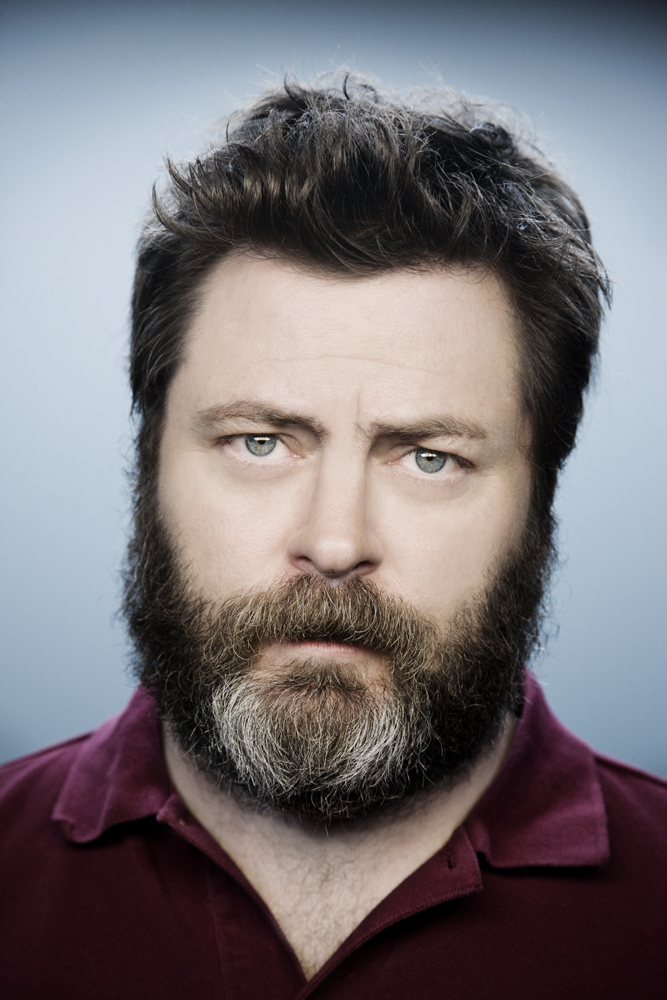
How do you introduce yourself to strangers? Do you, like celebrity photographer Maarten de Boer, admit that you enjoy eating popcorn with chopsticks? Or that you love bacon and black pudding? And if you have a beard, do you say you love it?
I’ve learned a thing or two from interviewing many great photographers, and one of them is that their aesthetic reaches out to everything they do even determines their little bios on their sites. Some go formal, others go silent, and still others, like Maarten de Boer, go personal.
The personal ones are my favorites. The ellipses, the under-cased i, and brilliant selfie all indicate that Maarten de Boer is a photographer who truly enjoys and understands himself, is what I can gather from Maarten de Boer.
Perhaps that’s why the images of Maarten de Boer all feel consistent and personal. They are photographs that proudly scream that they were taken by Maarten de Boer.
And though I haven’t met Maarten de Boer, I imagine that he’s as approachable, confident, and graciously funny as many of his images are.
In this interview, Maarten de Boer talks about his long journey in photography, explains how Maarten de Boer achieves his wonderful lighting. Maarten de Boer also reveals why a photographer’s style is a deeply personal thing.
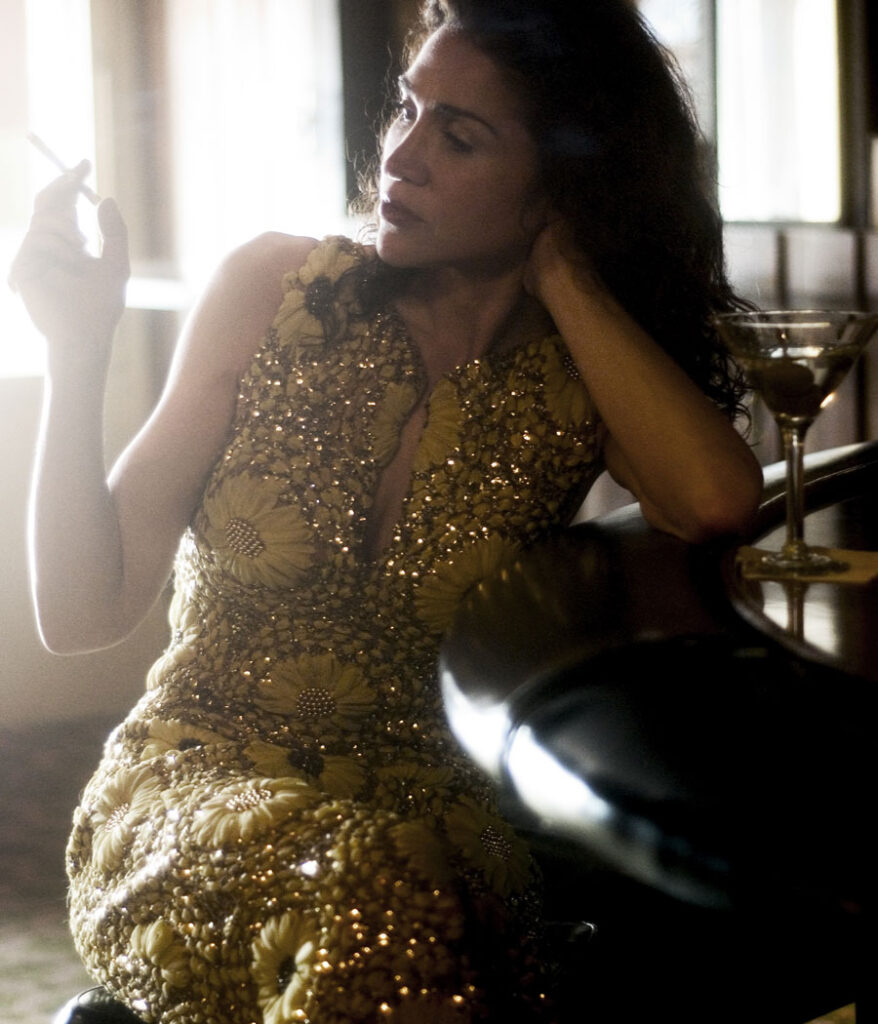
Q1. Your celebrity and personal work is great. How did you get your start?
Ans. I have to say I’ve always had an affinity to photography. It was something I always gravitated towards in school. I was born in Scotland and lived there until I was 13, then we moved to Norway where I attended an International High School.
As a freshman, they started a photography class taught by our Spanish teacher. I signed up for the class and learned the basics of black-and-white film. Also, I think my first camera was a Canon AE-1 with a 50mm lens. I was terrible, but I loved it.
I have fond memories of processing and printing my own work in the darkroom. Having lived in Scotland and Norway, I’d say that my exposure to the world of photography was pretty limited — keep in mind that this is still pre-internet days! Crazy.
At 18, I moved to the U.S. and attended the Webster University in St Louis*. I was a Special Education major, as an elective I continued to take photo classes, spending more time in the dark room.
At this point it still hadn’t occurred to me that photography could have been a viable career choice. It wasn’t until my final year in school that I dabbled with the idea of pursuing photography. I bounced around a little after college, finding myself in Houston, TX.
And, I got a job at the Houston Camera Exchange, a great little camera store. I learned everything I could about cameras and lights there. From there, I applied for a job with a local photographer named Arthur Meyerson. He was looking for a new full-time 1st assistant.
Looking back I would say that this was my actual start, and the beginning of my real education in photography. Arthur was a commercial photographer with a great eye, a great reputation and a strong work ethic.
A lot of my behavior today in this business was built off what I learned from him. I only worked for him for a short while, but in that time, we travelled the world, I saw places and had amazing experiences toting around 2 full camera bags and a backpack of 100’s of rolls of chrome film.
Vietnam, Japan, Spain, South Africa, Zimbabwe were just a few of the places I was lucky enough to travel to, while working for him.
Back at his studio, I would manage the gear, the film, pull old images and make dupe slides, print in the dark room, sweep, clean up, and when I found the time, I would pour over his collection of photography books and his work, soaking up as much as I could.
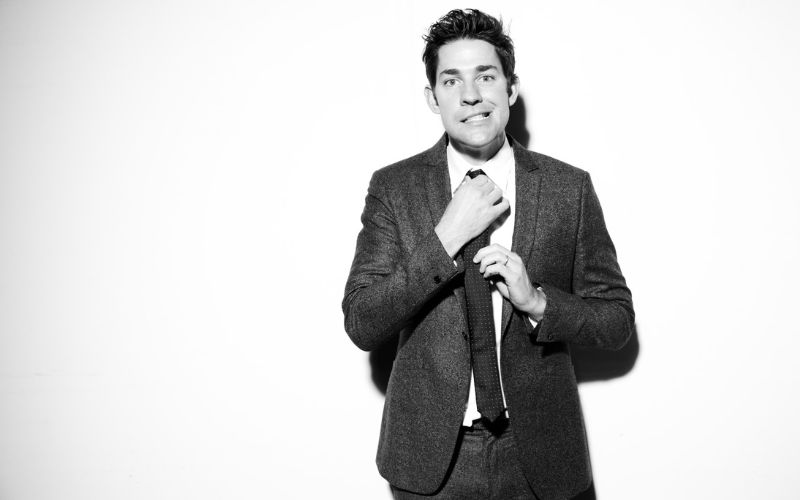
I left Arthur, a little earlier than I think he would have liked, but I needed to break out on my own. I traveled Europe, visited family, and then eventually found myself in Los Angeles.
Ten years have past and I’m still here, working away. But as soon as I got to Los Angeles, I started assisting for whomever I could. I worked as an assistant for many years.
Digital had taken hold and taken over the photo business, so I taught myself everything I could about digital cameras and the digital work flow.
One photographer and a good friend of mine, Roger Erickson, allowed me to Tech my first job for him. That was nerve wrecking!
Looking back, I really had no business doing it! But we all have to start somewhere. I built on my knowledge and experience, and a couple years later I opened a small digital capture company.
I saw it as an opportunity to make money, to own gear to use for my shoots, and pay the bills. It was a good business to have, but it still wasn’t what I wanted to do.
This is a really long winded way to tell you how I got to where I am today but I think it’s important. Your experience and background are all part of what makes up who you are as a photographer. I wouldn’t change my path at all.
Having worked for so many photographers, on so many different types of jobs, it really helped me learn, grow and fine-tune what my own focus and point of view should be.
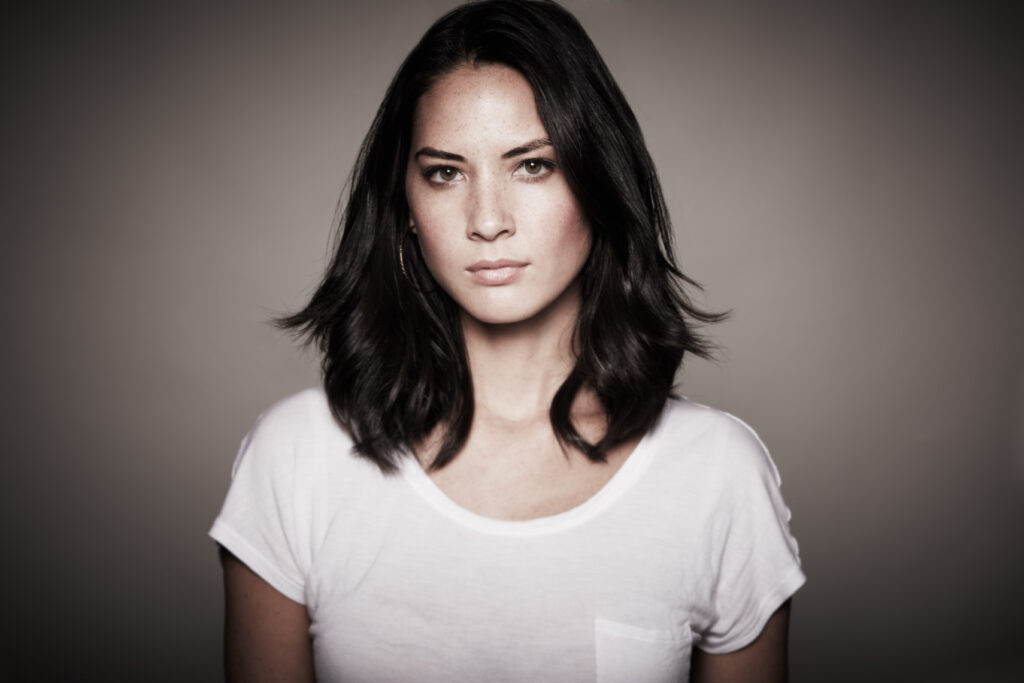
Q2. How would you describe your style?
Ans. I once asked a friend to describe my work to me in one word. Maarten de Boer answered, “Handsome”. After some thought, I decided I really liked that answer.
Handsome can also mean personable, stylish, smooth, smart, or well-dressed. I believe my style is accessible. I gravitate towards a simpler message and image.
A photographer’s work is as much a comment on themselves as it is a statement about their subject(s). Even though I’ve shot many many people, I feel like there is a common thread throughout those images.
You can view my work together and you can see that I have a specific point of view. I think all photographers should have this.
A commonality to their images. This is not to say that all their images should look the same, but they should feel somewhat similar.
I think it’s impossible not to have this. My images are an accumulation of my own choices. Where do I shoot this? How do I light this, or shoot this? And how do I interact with my subject? How do I treat the colors in my image? Which images do I select and retouch? What direction is given for retouching? All these questions need answers.
All those answers reflect my personality, my aesthetic, or myself as a person. A photographer’s style is a deeply personal thing, whether they realize it or not.
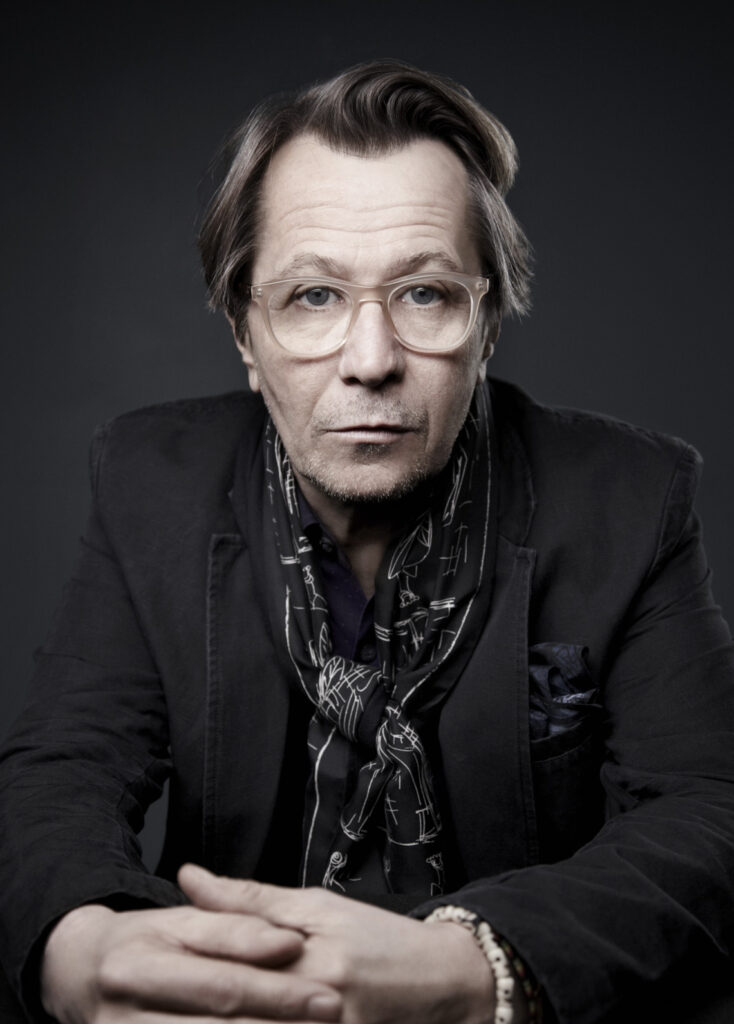
Q3. Were you ever unsure of your talents? When did you realize you could make it?
Ans. I really love this question. I think I’m always unsure of my talent. It’s either in my nature to be this way, or its just a healthy state of being. I’m always wanting to learn more, do more, change it up as I go, while maintaining my core sensibility.
There is an ebb and flow to the world of photography, things change, some things stay the same, but I feel photographers should always be looking to improve and evolve. It’s what keeps it exciting. I love new and different challenges.
And when did I realize I could make it? Hah. I’ll let you know when I do. If you had showed me my portfolio today, 5 or 10 years ago, I would have rejoiced and told you that “I had made it!” But being where I am now, I’m still unsure.
But again, I think that’s just how I am. From the outside the answers on how to be successful seemed so simple, but over the years of chasing work, booking jobs, losing jobs, creating new work and trying to build relationships, I’ve come to realize just how difficult it can be.
And each field of photography has it’s own challenges whether it’s still life, celebrity, automotive, kids, headshots, or whatever! I’ve known many photographers who I consider to be wonderful and creative but they never gained traction.
There is so much more to being successful in this business than just raw talent. You have to be resilient, business savvy, good with your money, knowledgeable and most of all prepared for your lucky breaks.
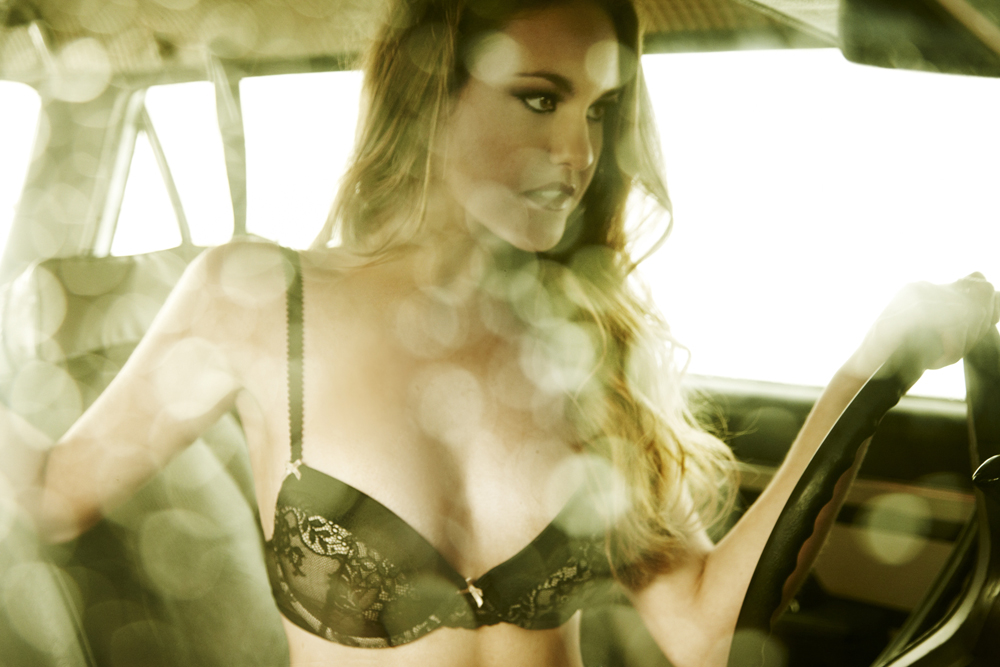
Q4. Who was your first celebrity portrait? How did you secure that work?
Ans. I had to really think about this. And, I think it was a music press junket I shot back in 2008. I was shooting for a small magazine called “Ego”.
I say small because its printing was about 3×3. We were set up in a hotel suite in Hollywood, I had 2 set ups that bands would come through, and I had a few minutes with each of them.
I remember Fall Out Boy stopping by. At that time they were the biggest names that I had shot. Ego magazine had hired me a few times before that to shoot stylists, designers, producers, but this was the biggest thing I had shot for them at the time. I don’t think that magazine is around anymore.
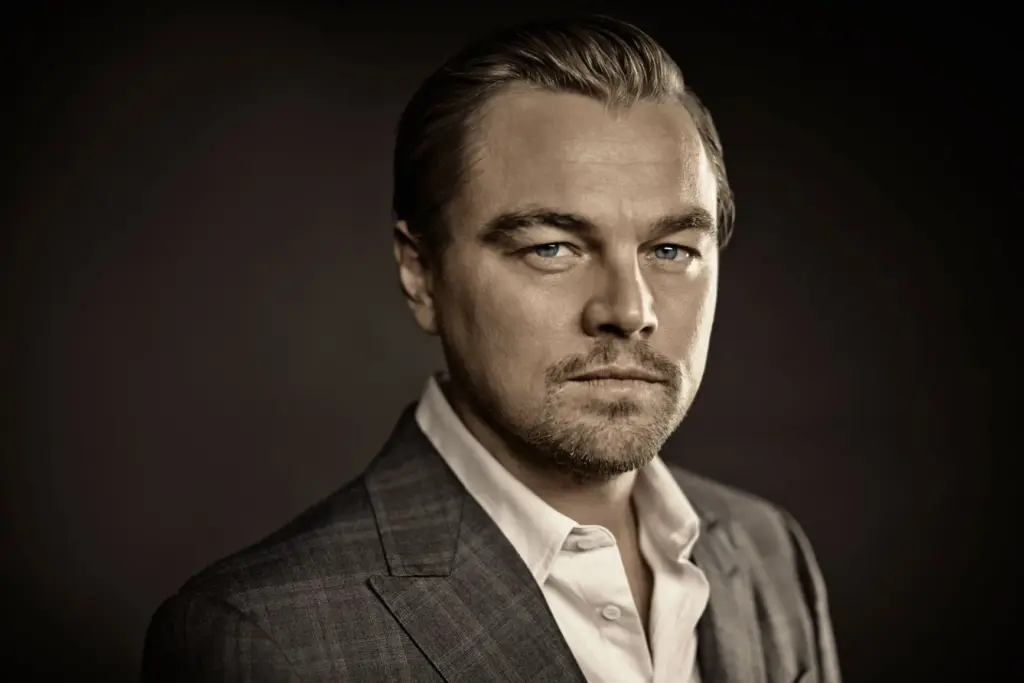
Q5. Your approach to lighting is precise. I love the portrait of Leonardo DiCaprio. Could you explain how you approached lighting that one?
Ans. Going into this shot, I knew that I would only have a very limited amount of time to shoot him. So I decided on lighting with constants.
This shot was lit with two 4-bank 4ft Kino Flow lights. One is above camera, horizontal, and the other is camera right and positioned vertical.
I use Kinos a lot in situations like this because I find I can get more frames. There’s no flashing strobes, so the talent doesn’t have a clear idea of how many shots I’m taking.
With strobes I find people are overly aware. It’s jarring, being in a darkened room, and having a light flash in your eyes every time I take a picture.
I also love the creaminess I get from the light of a Kino Flow. It’s never as sharp or as hard as a strobe light, I prefer the feeling overall.
I shot at a higher ISO than normal and kept my aperture shallow. I like the fall off I get shooting this way. It’s a bit of a risk because I don’t want to miss my focus, which is easy to do in the moment while rushing to get the shot, and having such as shallow depth of field.
I’ve learned to be mindful of that in this lighting set up. The final image is exactly what I wanted, it’s beautifully lit, shallow, it has a mood and shape. I’m very happy with the result.
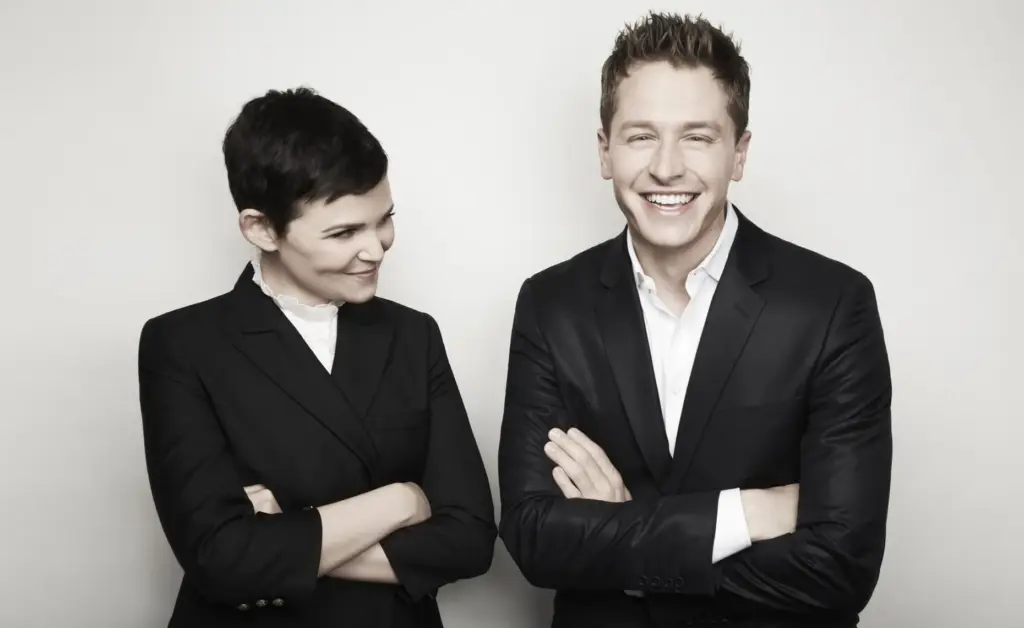
Q6. All the celebrities you photograph have carefree and natural expressions. What’s your approach to directing a busy celebrity? Any tips?
Ans. I’ve received this feedback a lot regarding my work. I’m not sure if I have a clear answer as to how I get there.
I think it’s as simple as approaching each subject with an openness and the ability to quickly read their comfort level, their personality, and being pliable in your method to get what you want out of them. Everyone is different.
The same challenge is present when you’re shooting non-celebrities as well, people are just people after all. It’s a mistake to just assume that a seasoned actor is going to like being in front of my camera, not all do.
If you think about what actors do when on camera, it’s very different than having their photo taken. In a scene, an actor is given direction, purpose, and they become a character, all the while interacting with their environment or other actors in the scene.
In a sense, the camera is secondary to what they are doing. When I am shooting them, I’m asking them to address the camera, to be themselves, and this isn’t easy for most people — I know I hate it, too.
So as much as I can, I try to engage them, talk to them, I try to distract them from the moment. I’m not sure how helpful my advice is, but I think “just be yourself” is the best route to take.
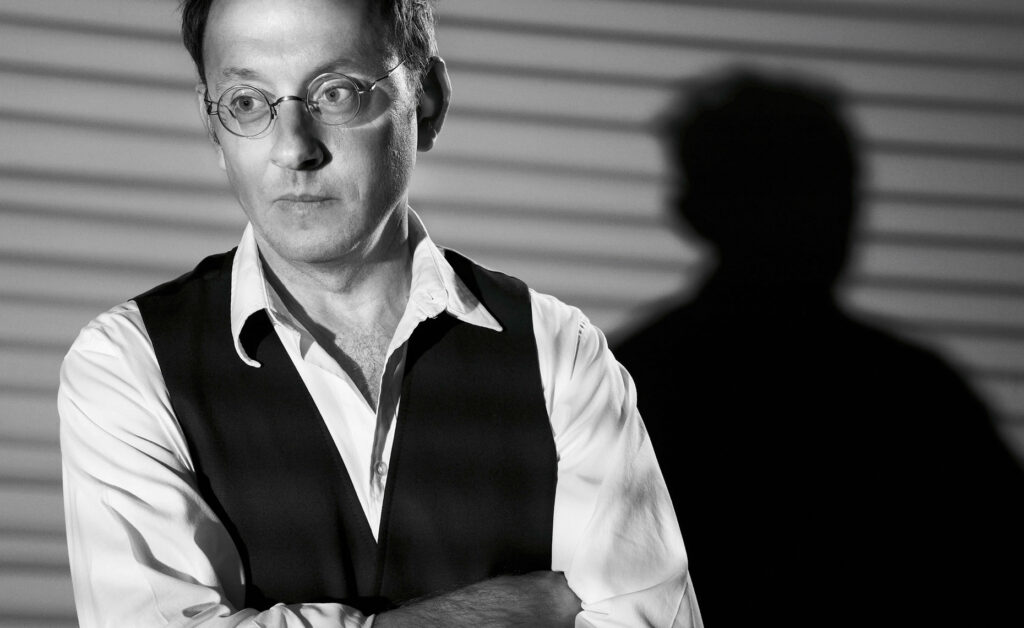
Q7. One of my favorites is #38. I think this concept matches Michael Emerson’s on-screen persona so well. Could you explain how this image was completed from start to finish?
Ans. I shot that image of Michael a few years ago. It was a similar situation to Leo’s picture. Limited time, limited space.
At the time he was on Lost and I wanted to change up my lighting a little to reflect his character on his show.
He’s a delightful person, very soft spoken, very nice, not at all like his character. I felt that using a zoom spot with the grid would give the space I was shooting into some dimension.
I wanted to take a risk, and instead of shooting something with flatter pretty light, I decided on mood and depth.
The combination of his look, his wardrobe, and the light, it all worked really well in black and white, so that’s what I ran with. I’ve had the opportunity to shoot him again since then, but this is still my favorite shot of him.
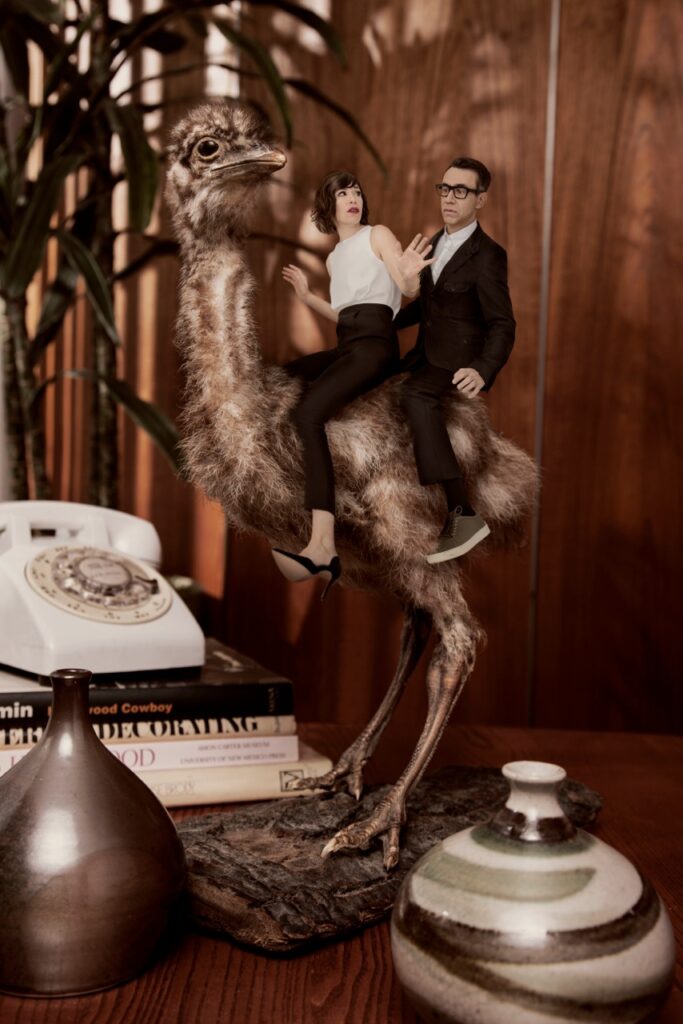
Q8. How much time do you spend researching your clients? What are your pre-production steps like?
Ans. I try to do as much research as I can. It’s important to see what other people have done so that you don’t duplicate it.
It’s important to see what projects they are currently working on and what they’ve done to help inspire and give a little extra to the shot.
For example, I recently shot the cast of Portlandia for an Under the Radar magazine cover shoot. I went back and watched a lot of their skits.
Knowing that the “we can pickle that” and the “put a bird on it” sketches were very popular, I pitched two ideas to the magazine.
In one shot, I have Carrie and Fred in a pickle jar, in the other I didn’t want to put a bird on them as much as put them on a bird. I rushed to find a taxidermy bird, something funny that they could be riding.
I was able to source a baby ostrich, I planned out the shot, and my amazing retoucher put it all together. The result was two of my favorite shots to date.
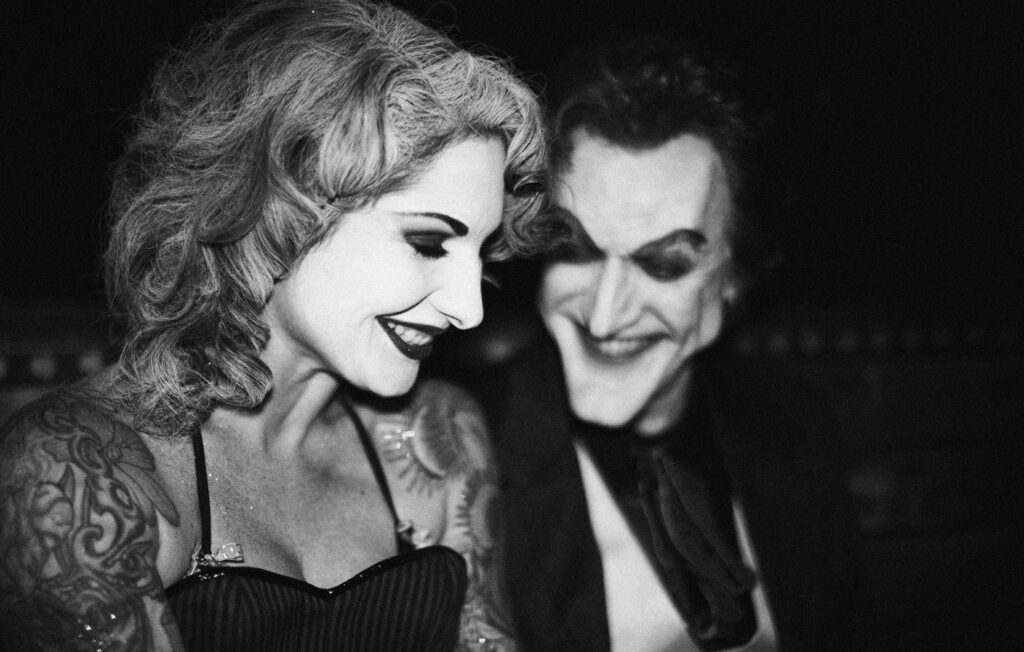
Q9. I really like the 1st image in your Vixen set. Was this a candid shot? How did you find this unique couple?
Ans. The “Vixens” series was a personal project I was working on for over a year. When planning a friend’s bachelor party, I knew he was a big fan of Star Wars. I had heard about a local burlesque troupe that did geek/Star Wars inspired shows.
I tracked them down and we hired them to perform at my studio space for his surprise bachelor party.
It was an amazing show! I was so inspired by their costumes and performance that I asked them if they would mind me shooting all their characters in studio and shooting some of their shows.
The shot you mentioned was from a show they did at the House of Blues on Sunset Blvd. Courtney was dressed like the joker, and they had someone else as a male joker in the show as well.
I was running around between the stage performance and back stage. I went outside and found the 2 of them sitting just talking. At this point, they were very used to me and my camera.
I started taking a few shots of them, moving around, trying to find the right shot. It’s all a blur when shooting this way. It wasn’t until I got home, downloaded my cards and started to edit, that I came across this gem.
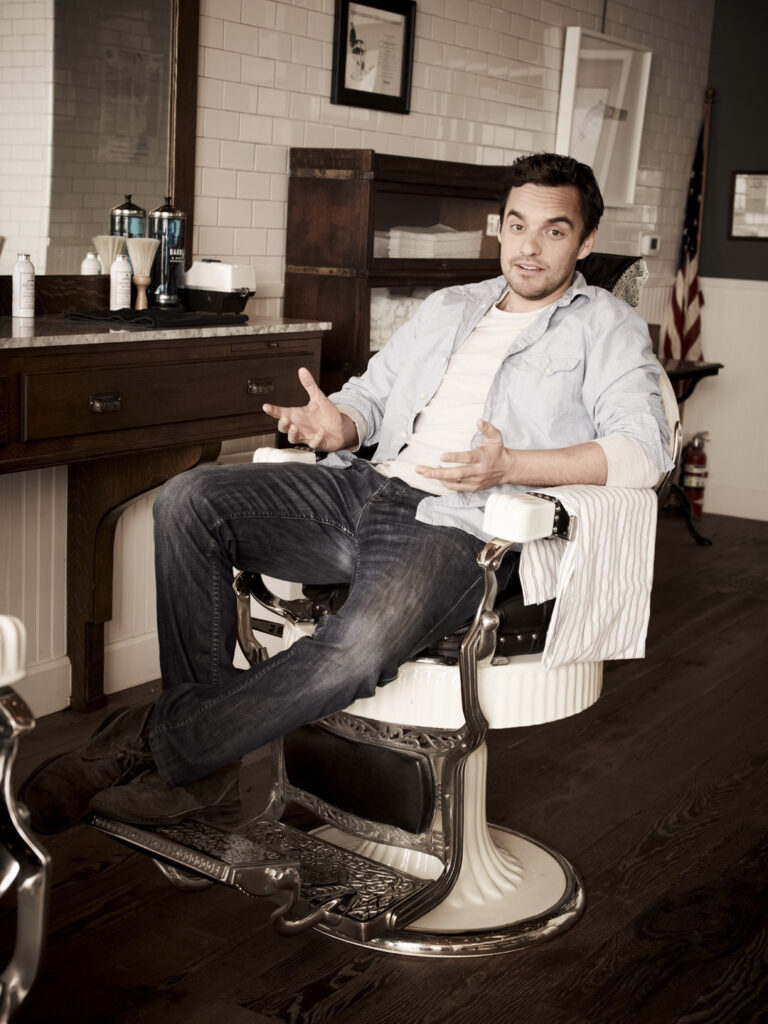
Q10. What’s has been the greatest advice you received in your career so far?
Ans. I’ve heard so much advice from people over the years. I can be a little headstrong sometimes, so some of the advice I listen to and take in, and some I just think about and then decide it’s not the right advice for me and what I want to achieve.
Everyone seems to have an opinion on what is the right thing to do, or the right path to take. I find that the best advice for someone just starting out is to get out there, work with as many different photographers as you can, get on set, work hard, and be observant.
You’ll learn more about the business than just how to set up lights. Every photographer’s path to “making it” is a personal journey and no two people have the same story.
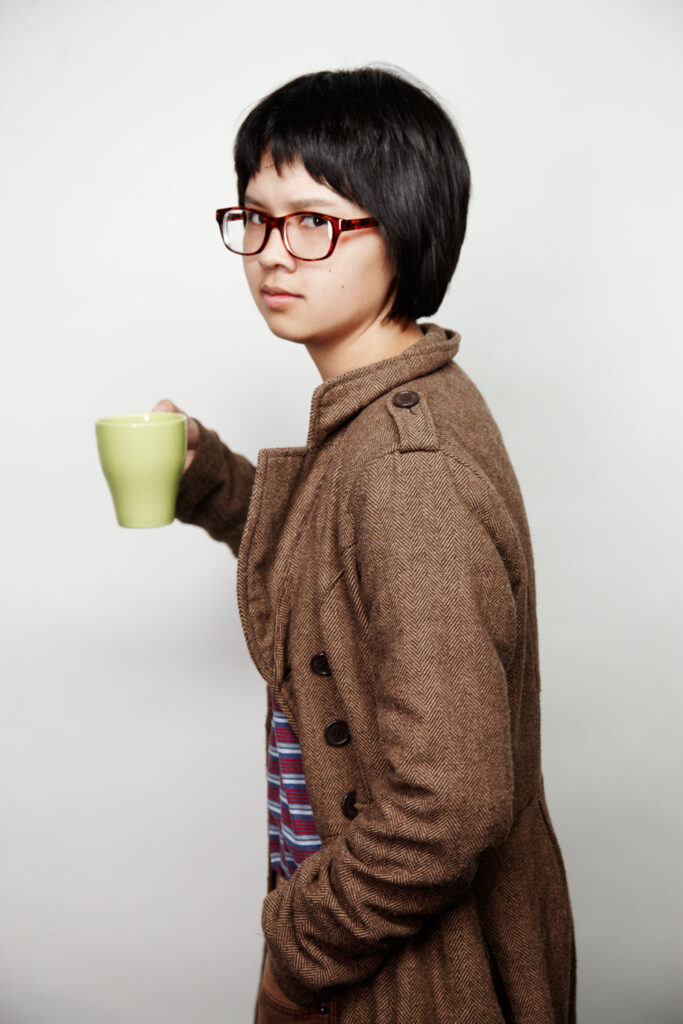
Be sure to check out all the work of Maarten de Boer on his website!
*Correction, March 26, 2014: This post originally misstated that Maarten de Boer attended the University of St. Louis.

